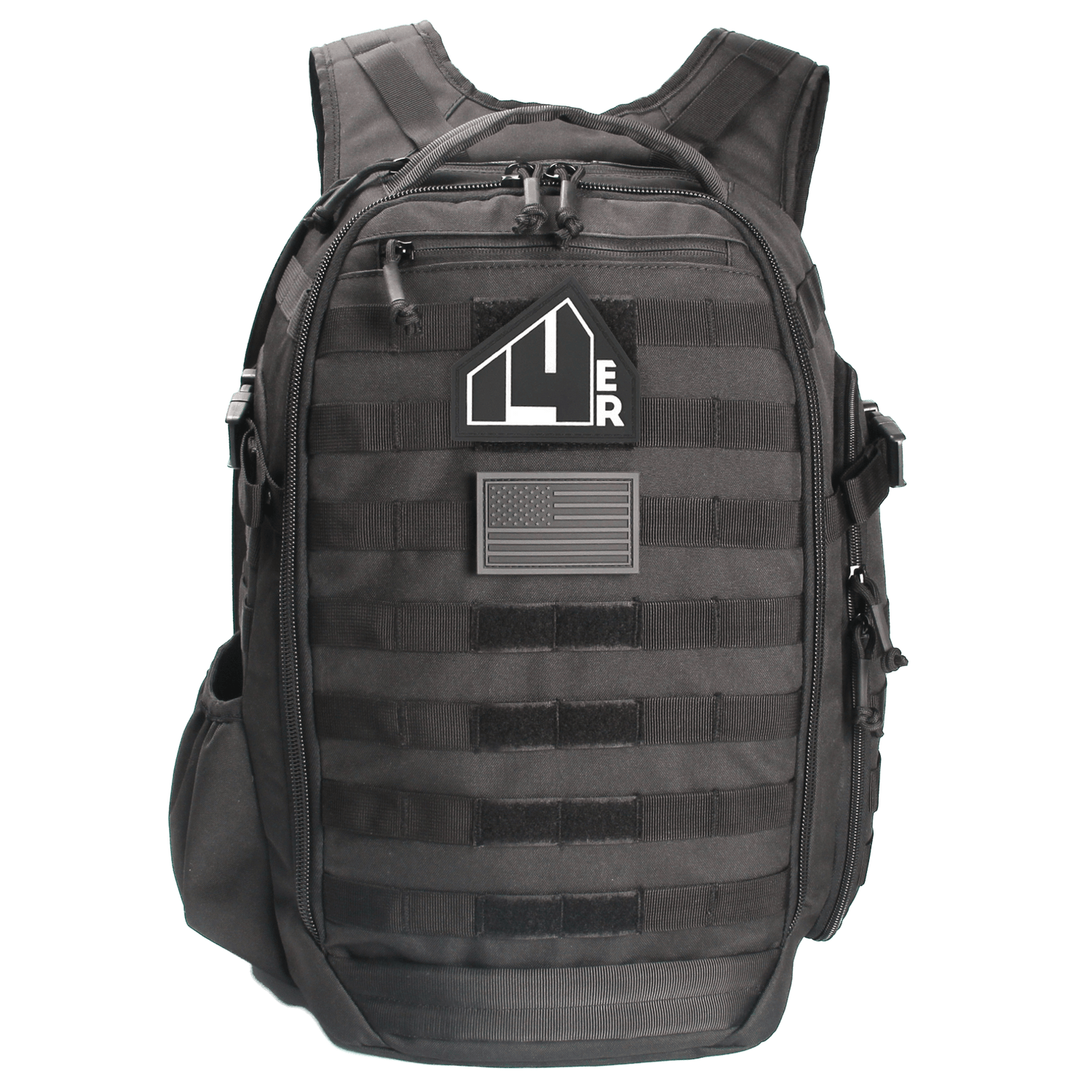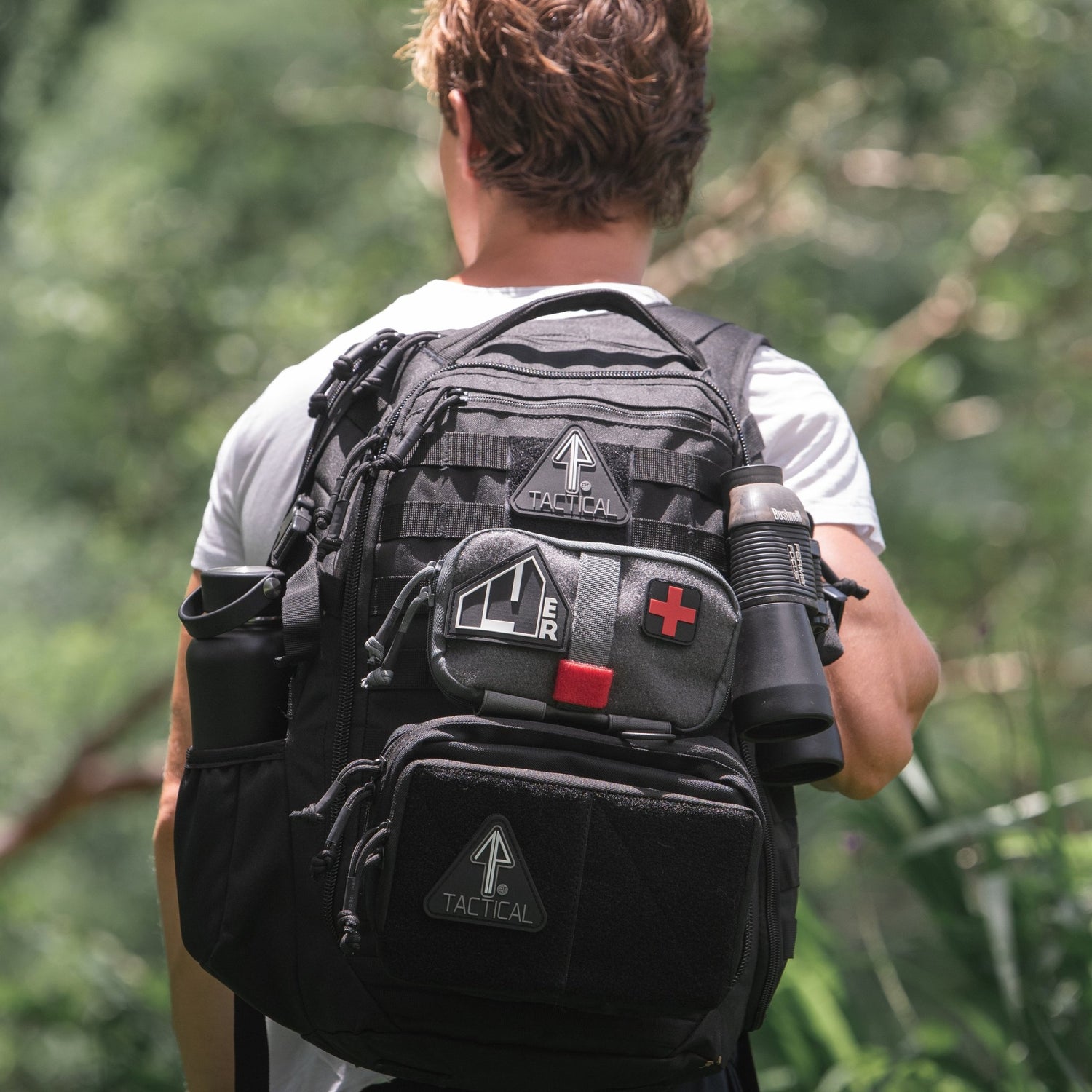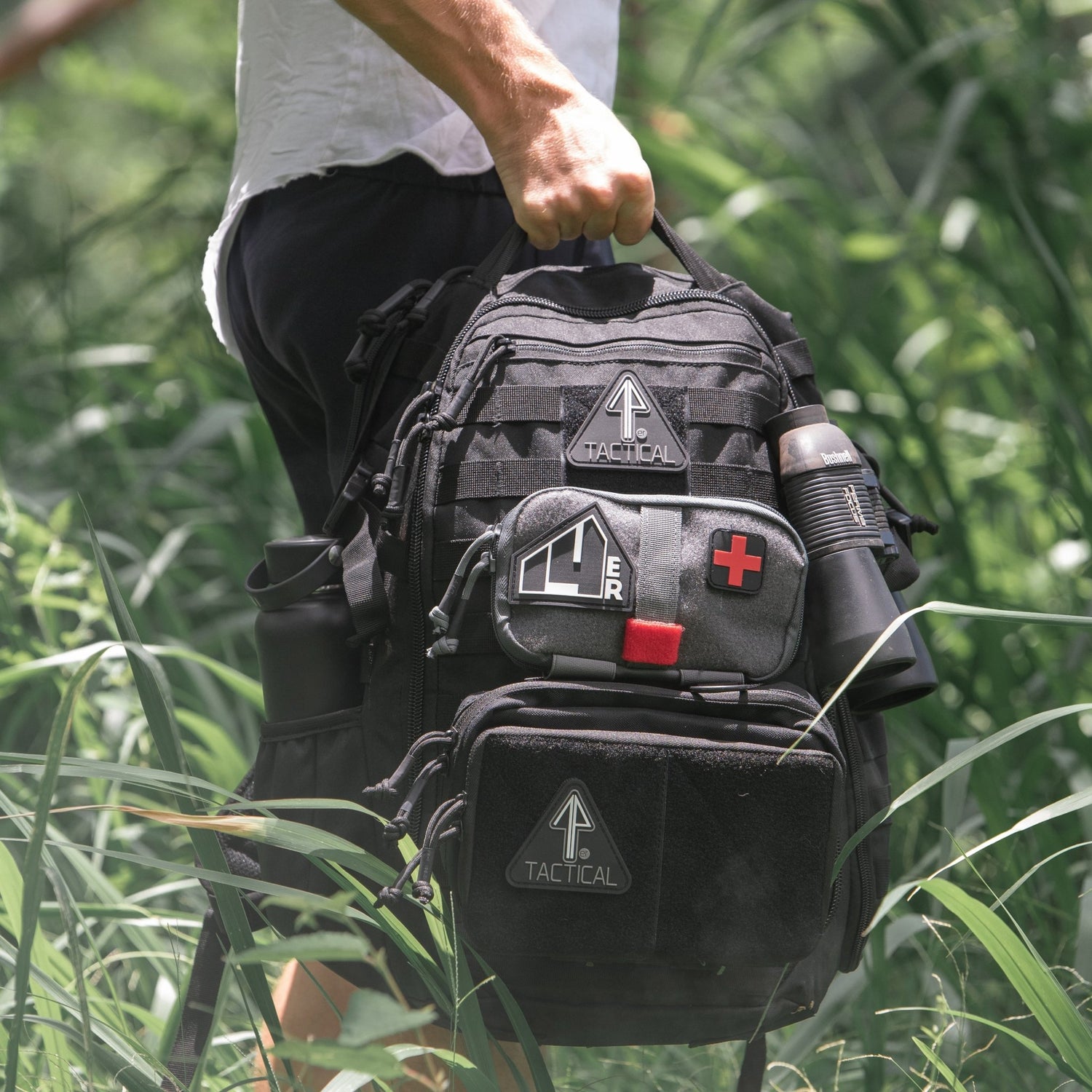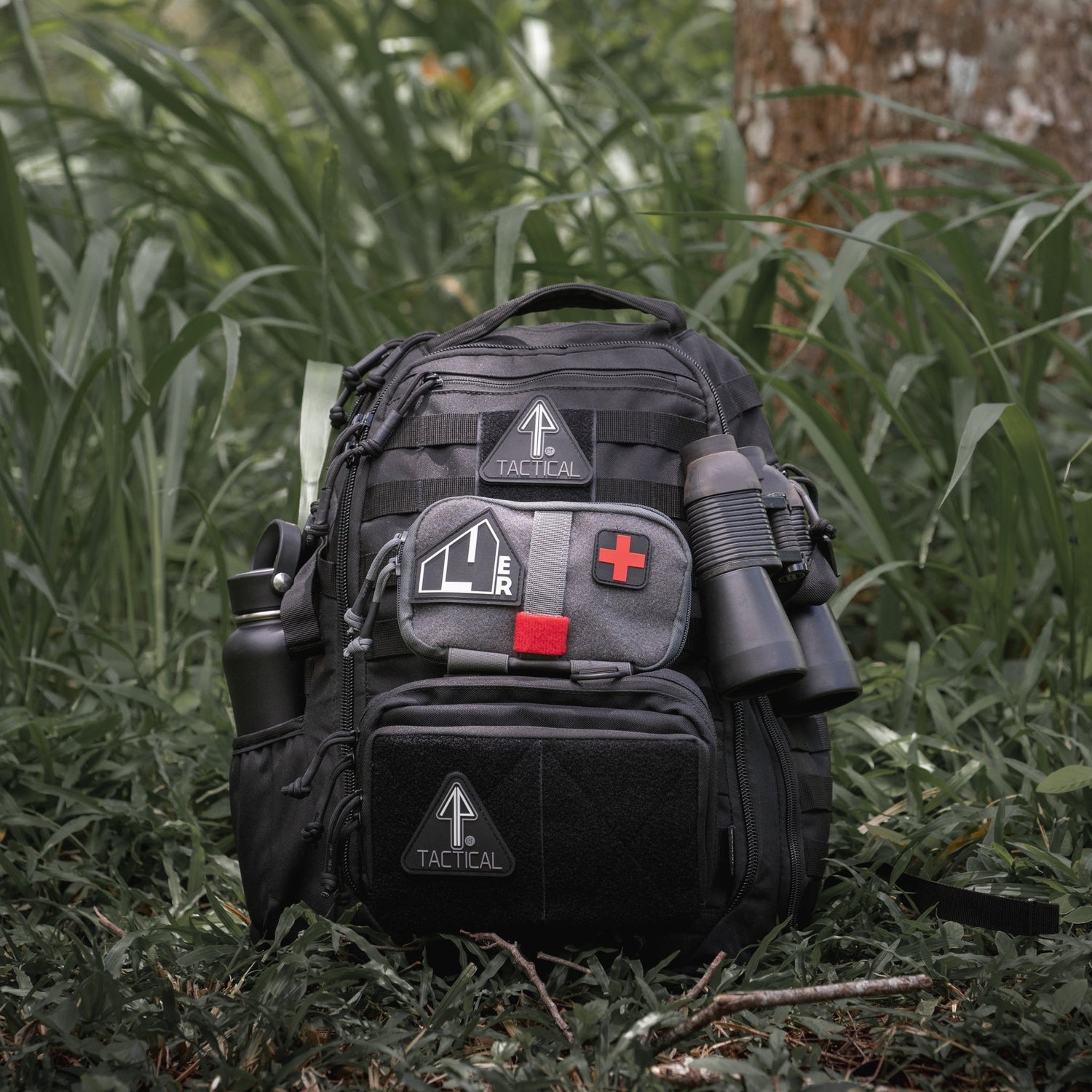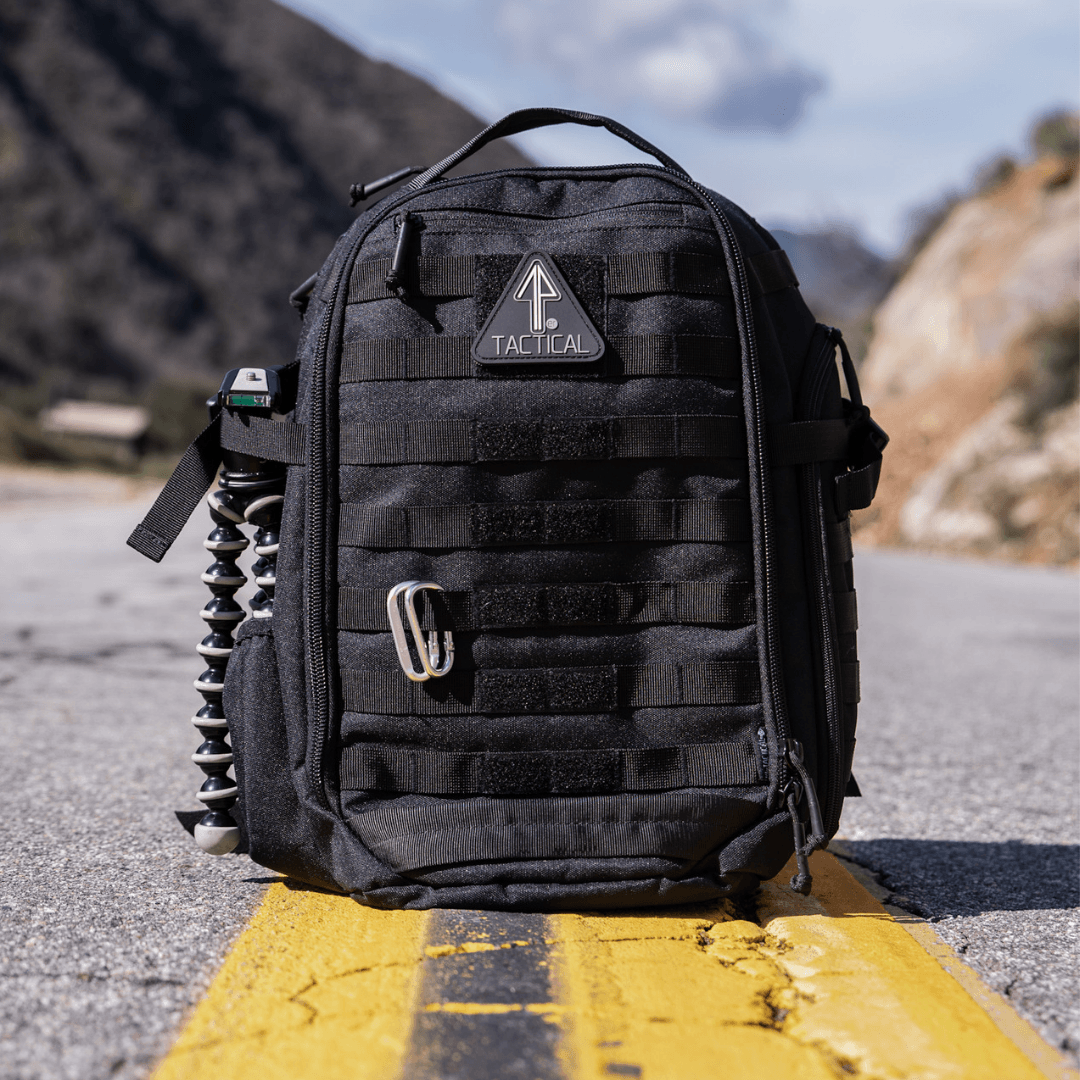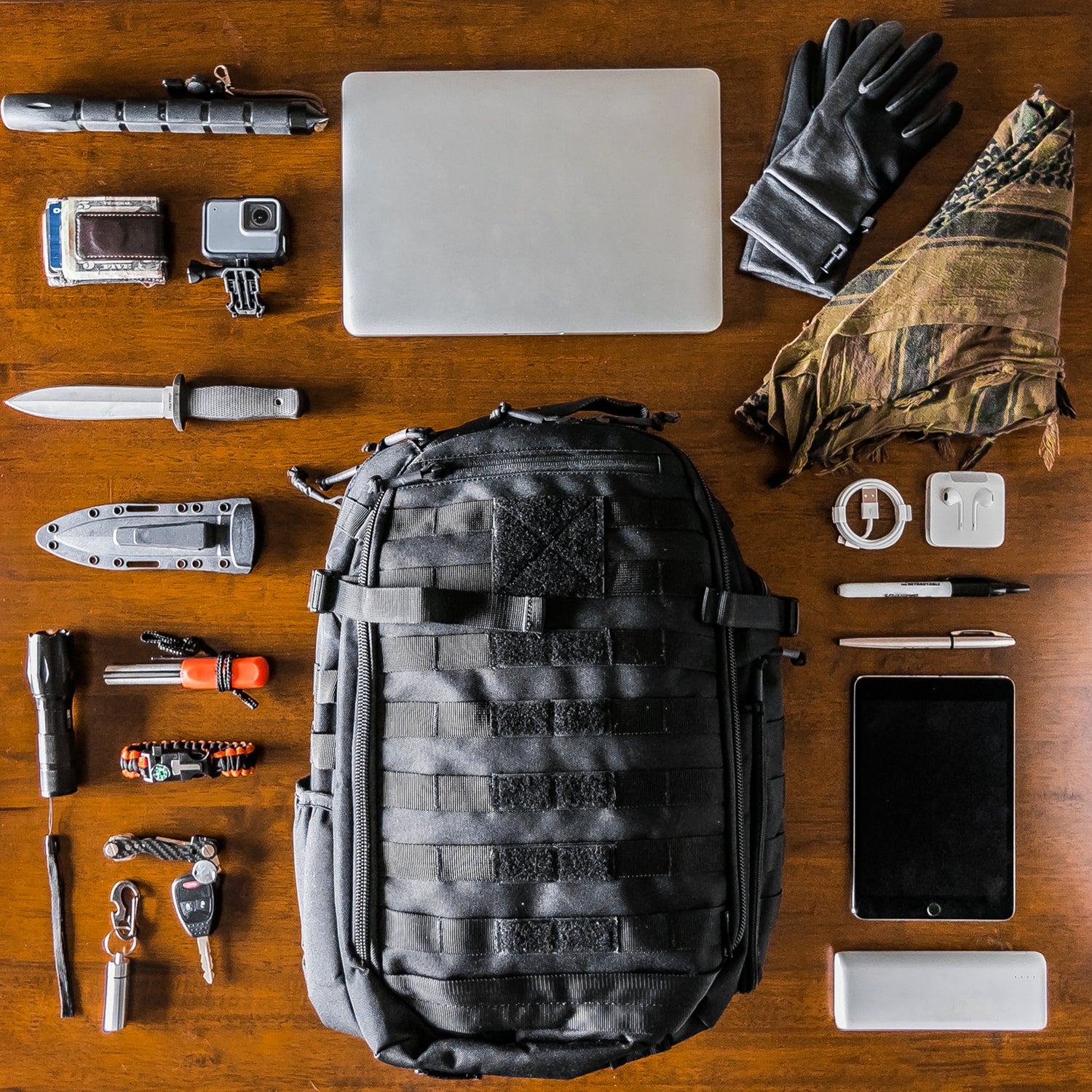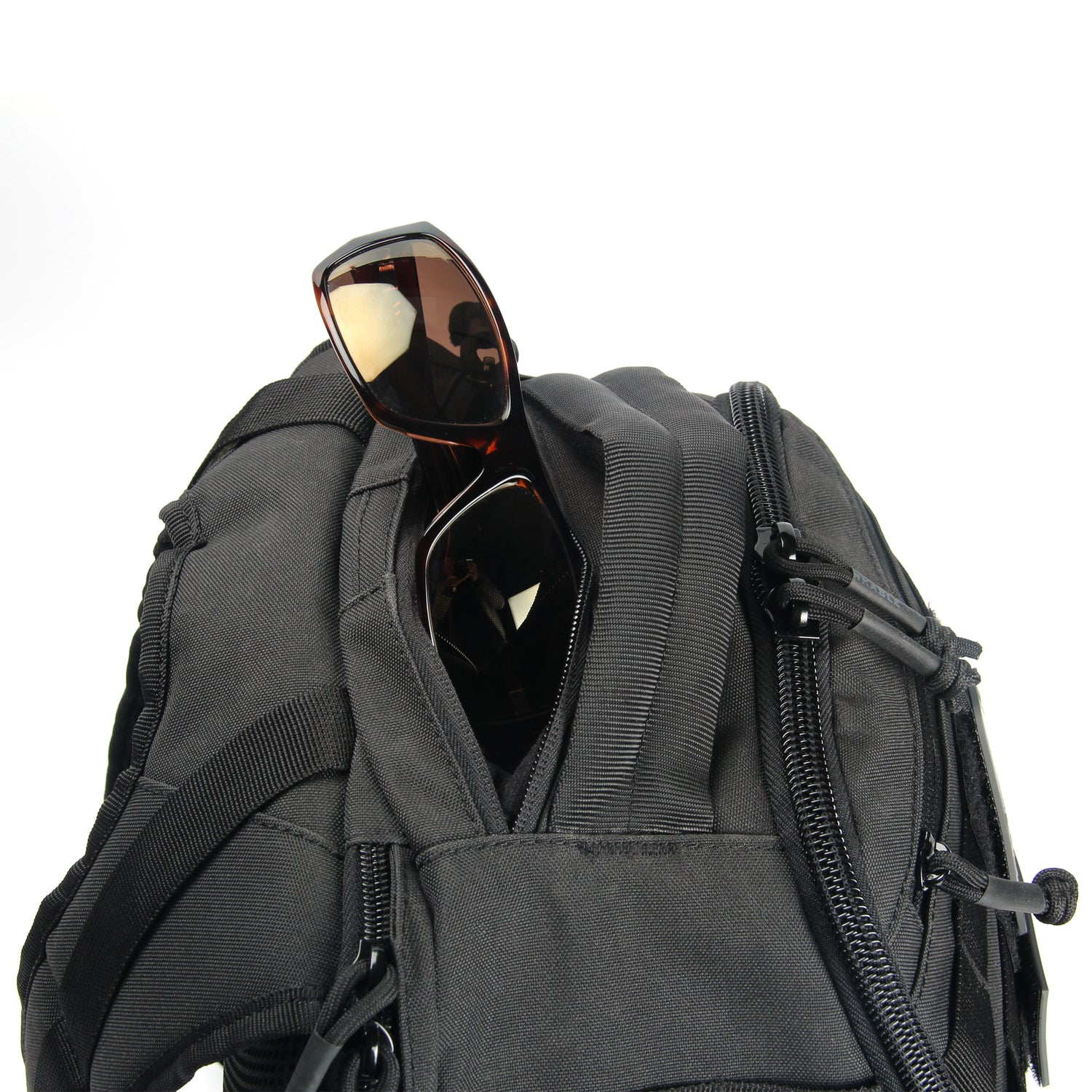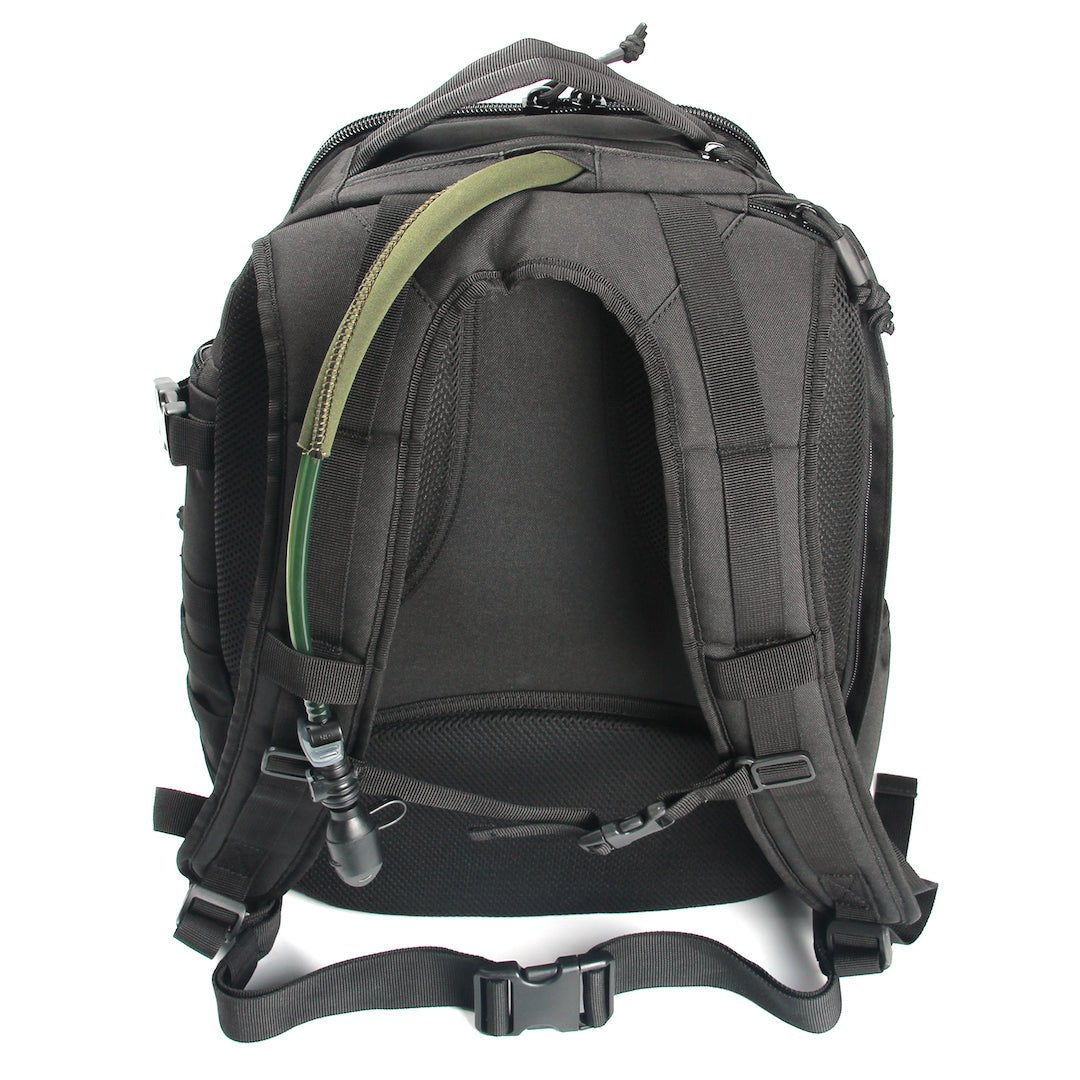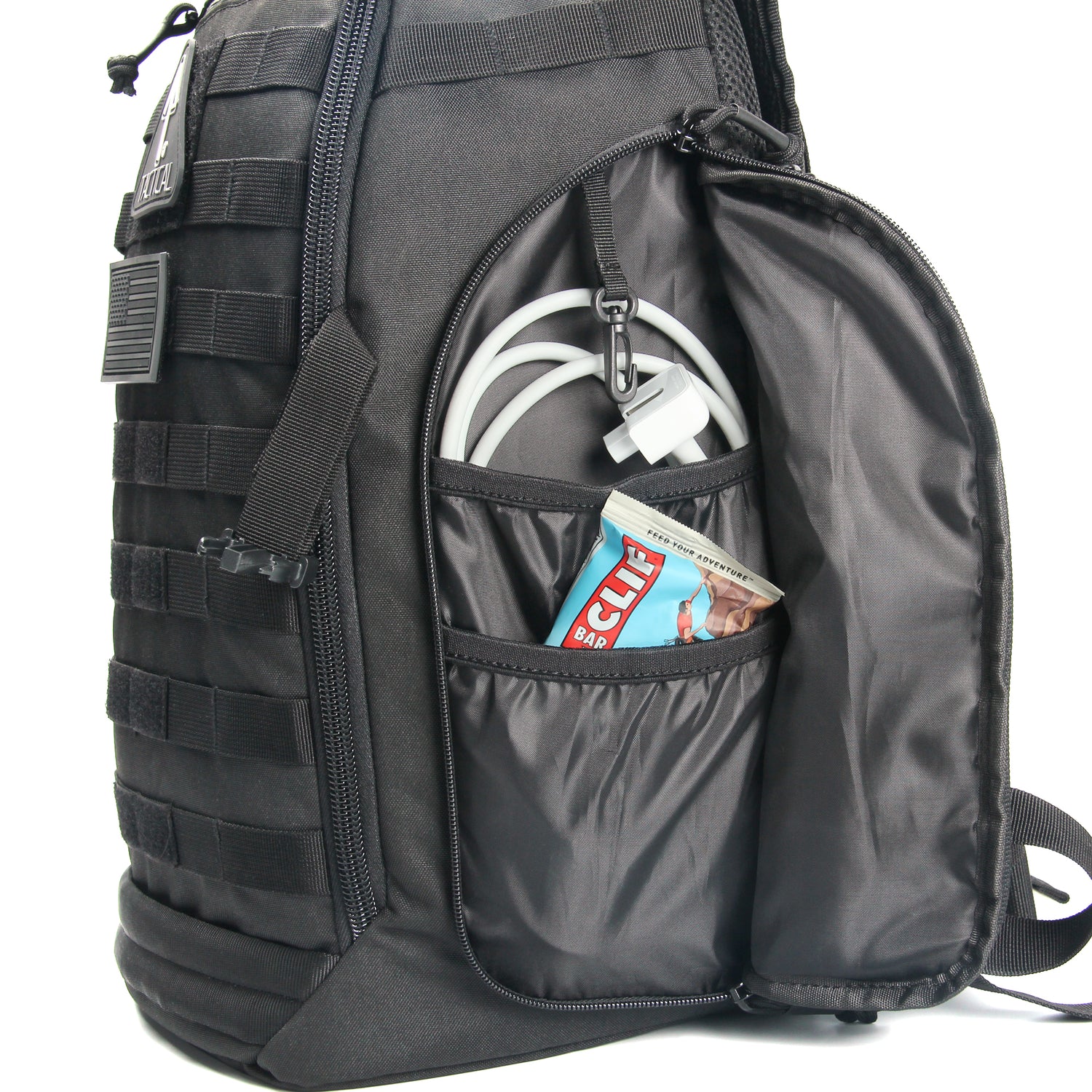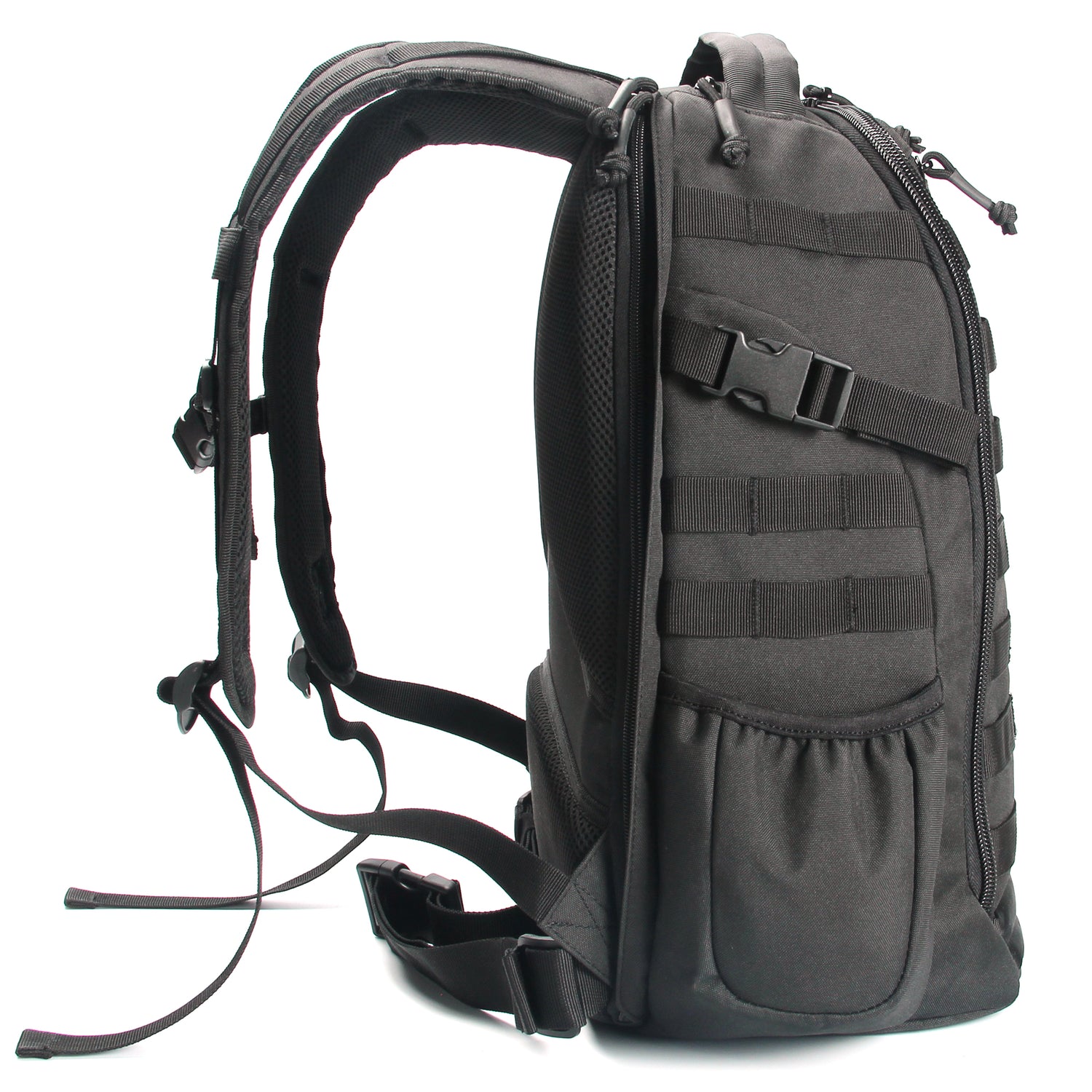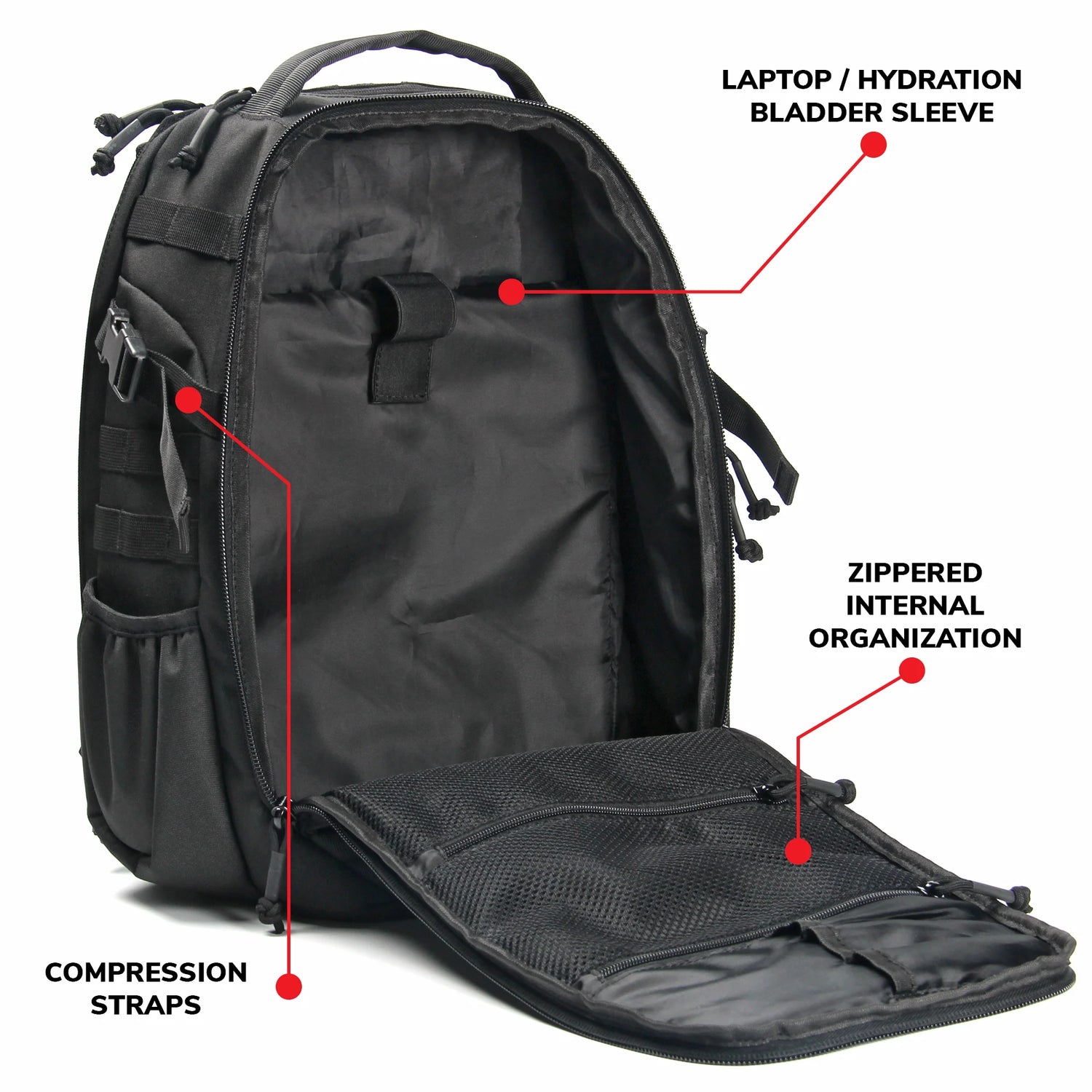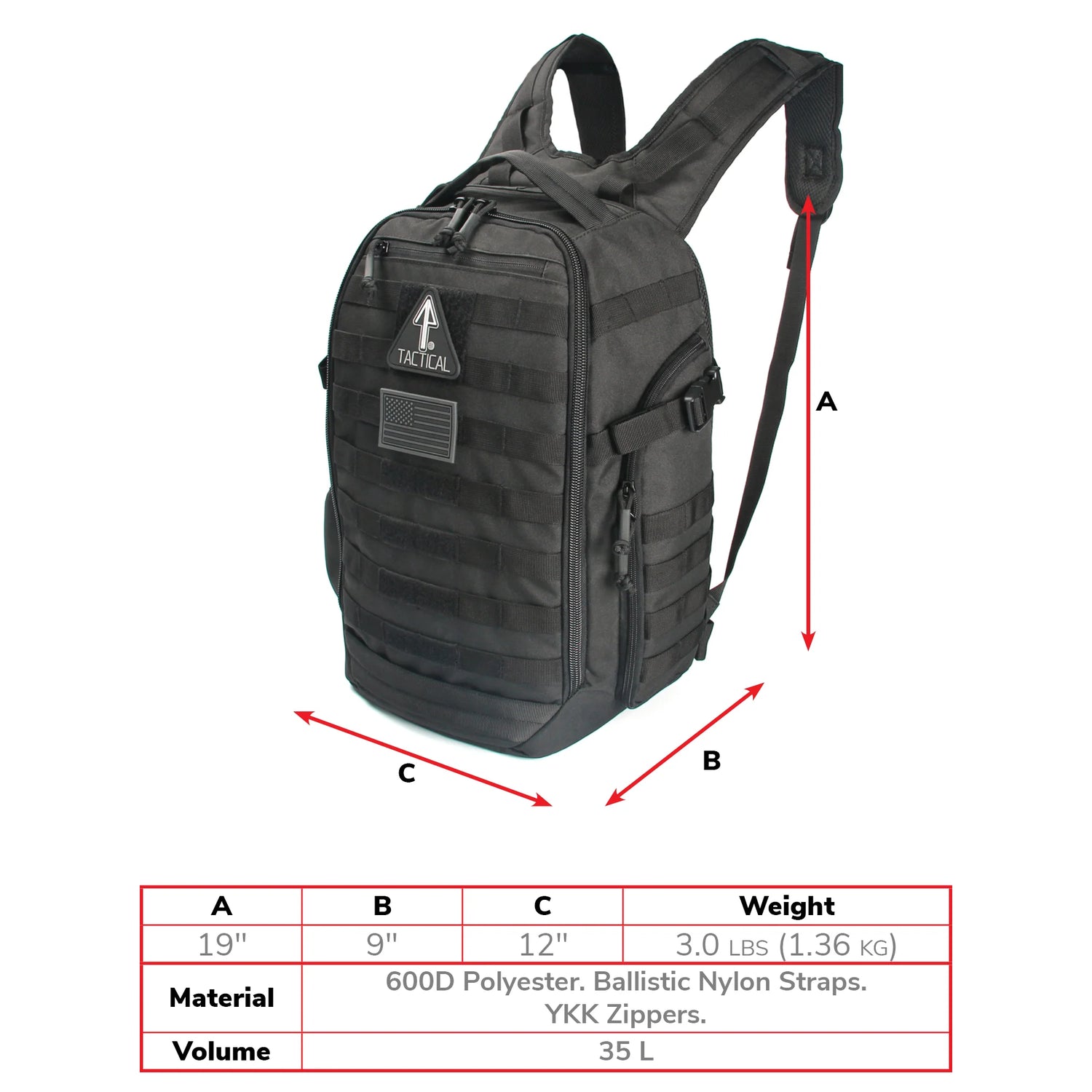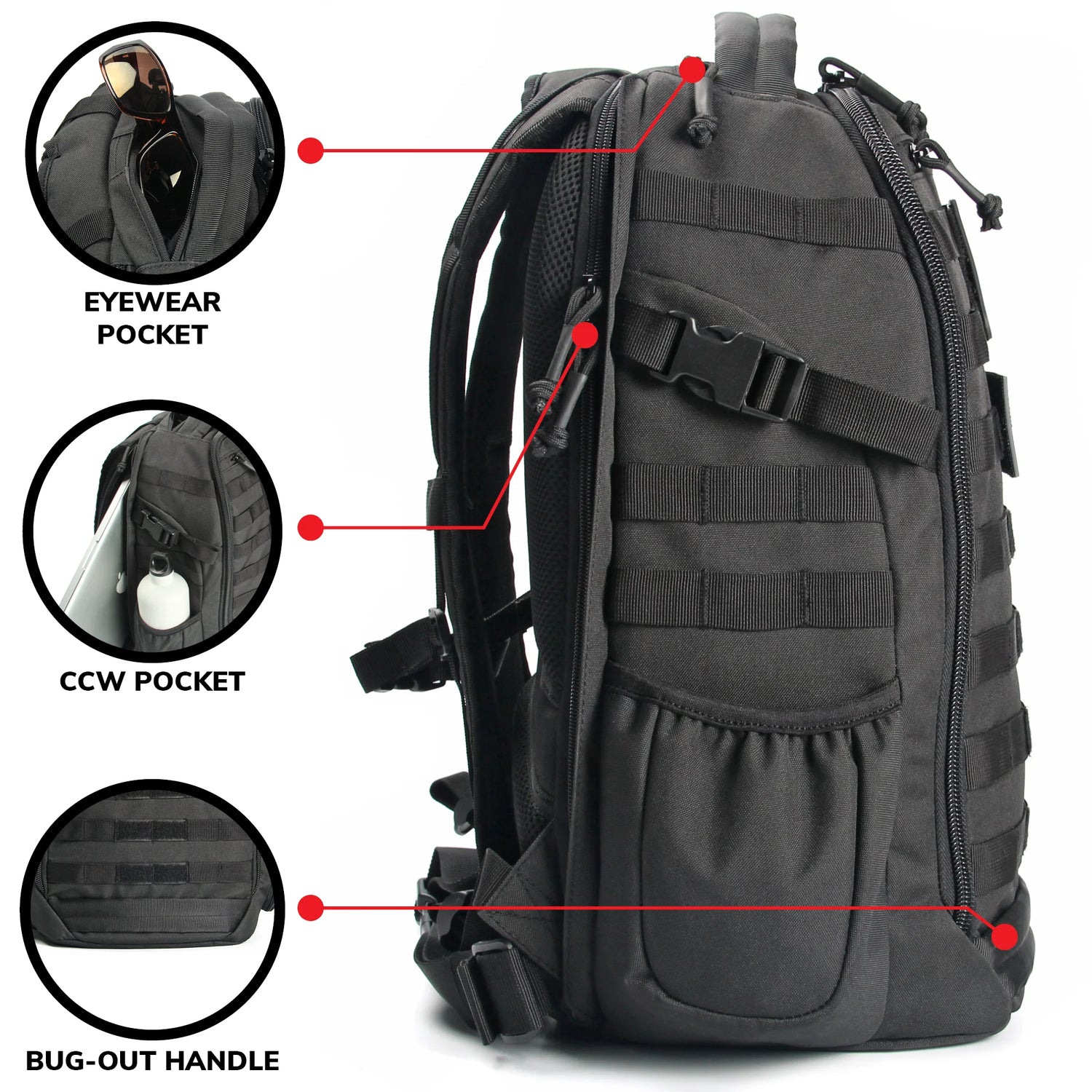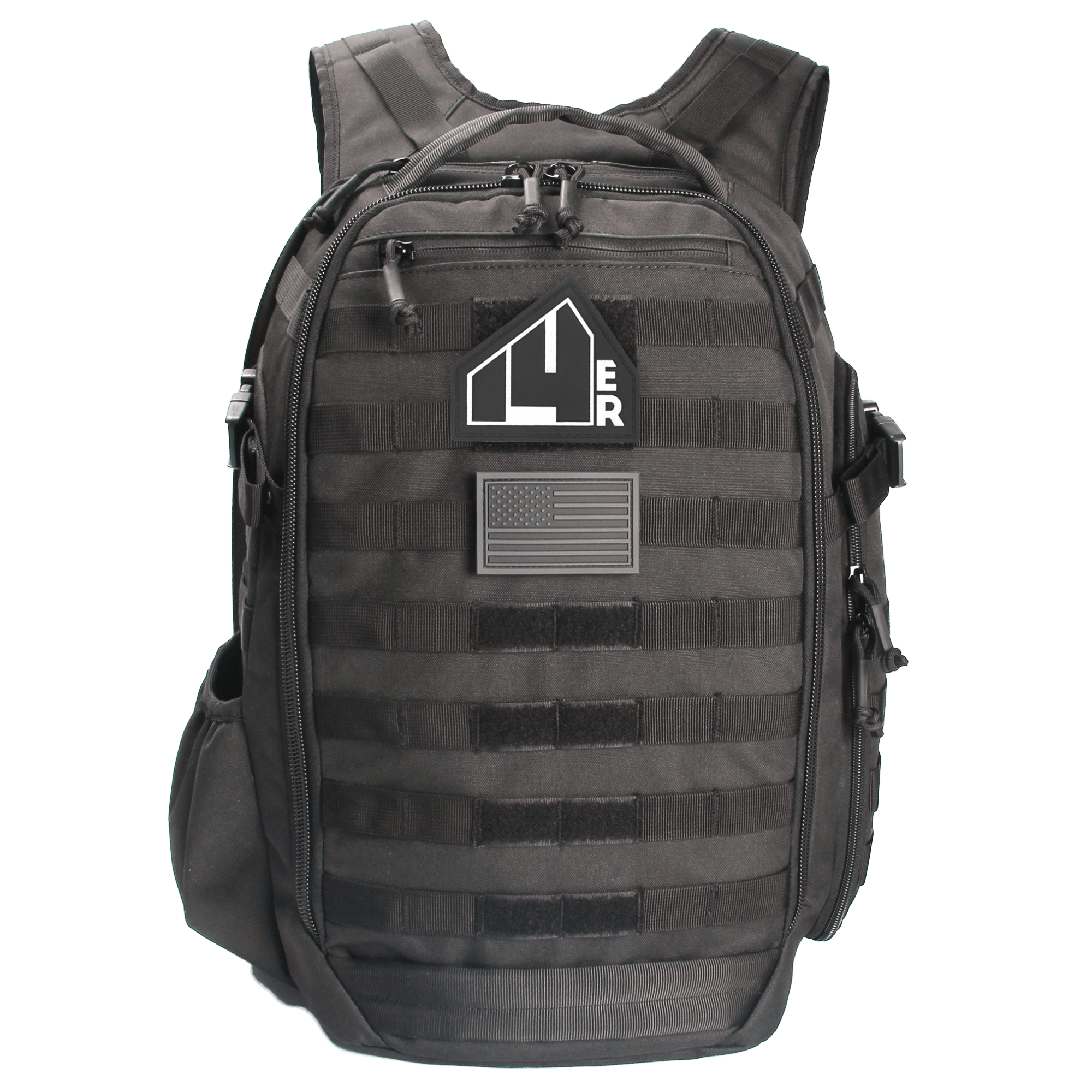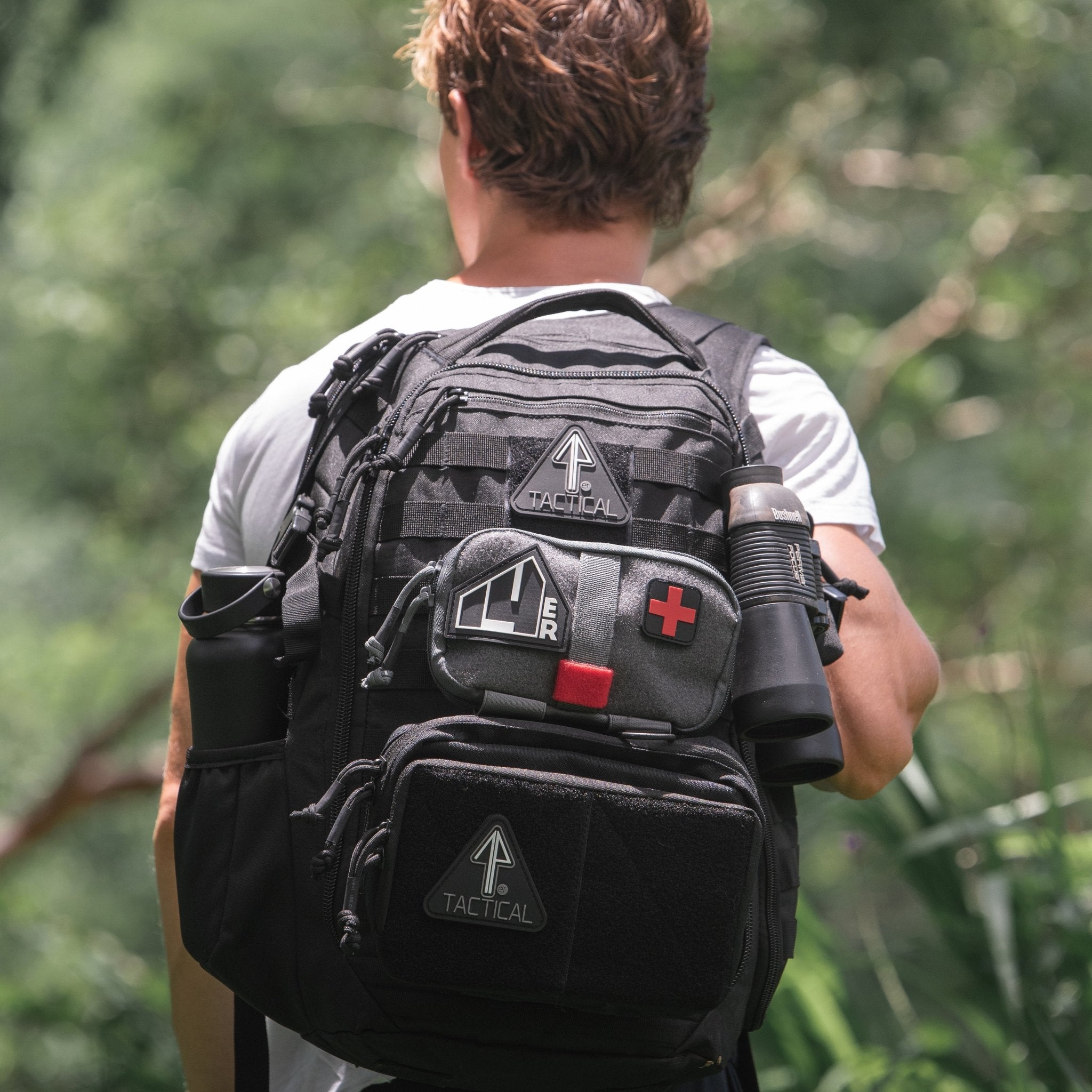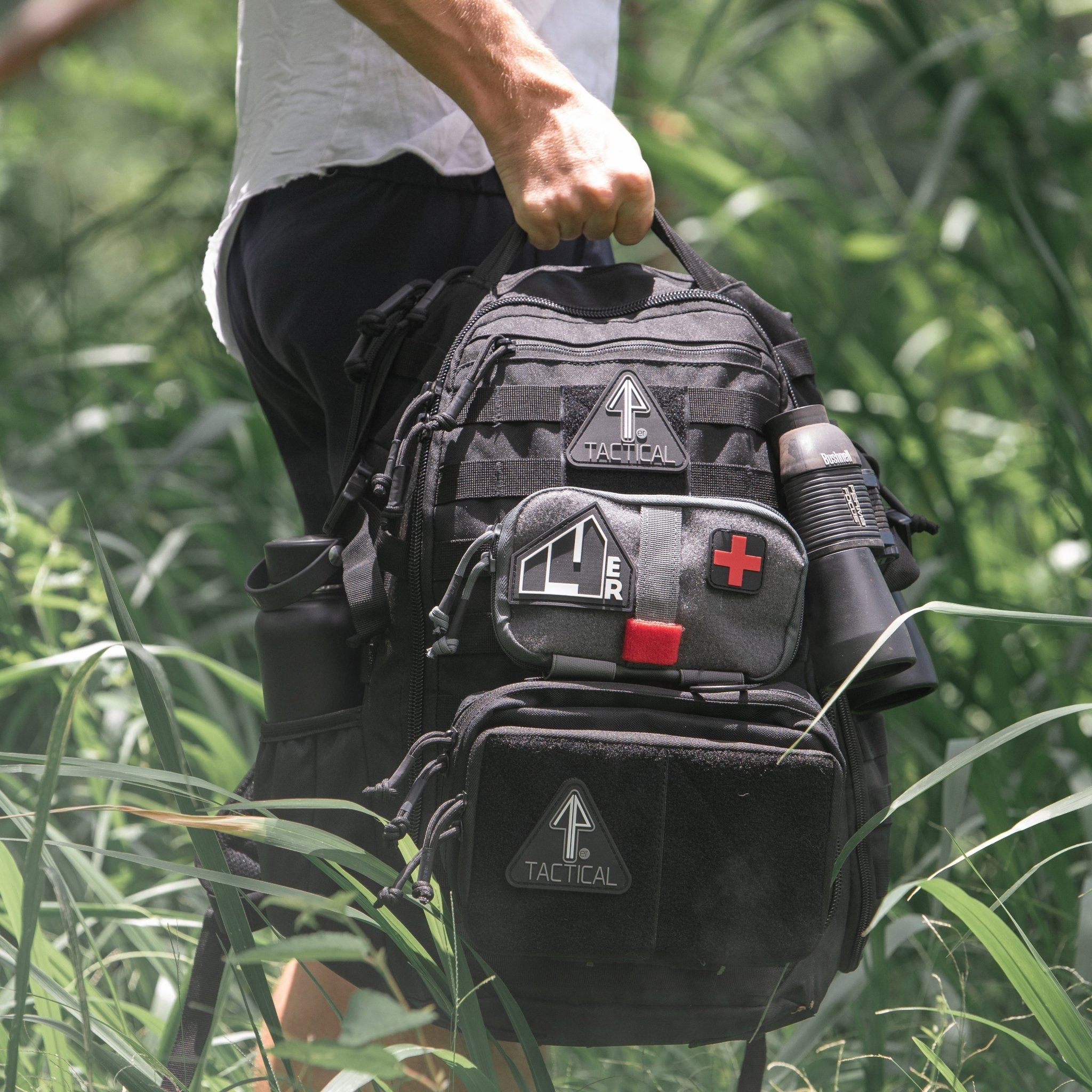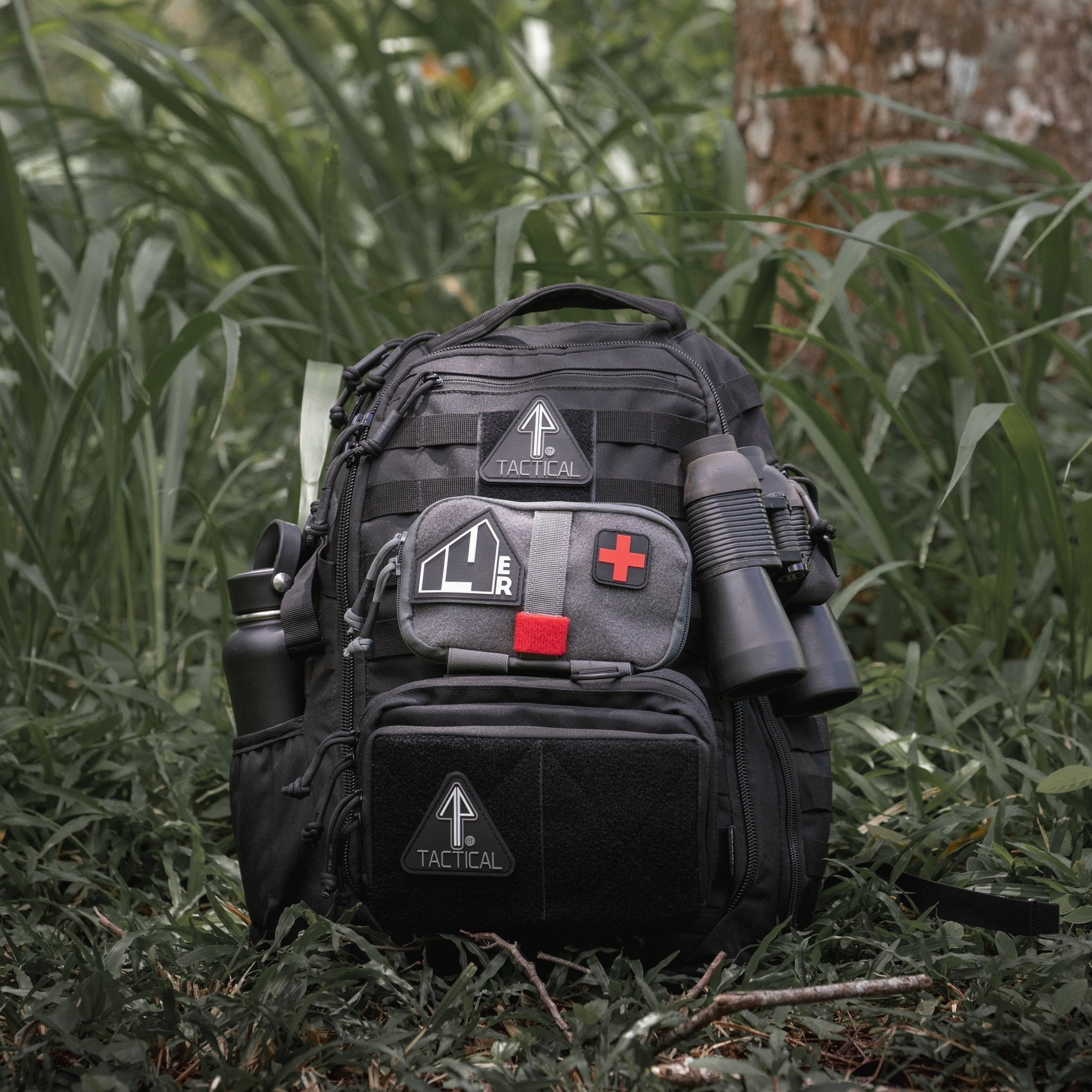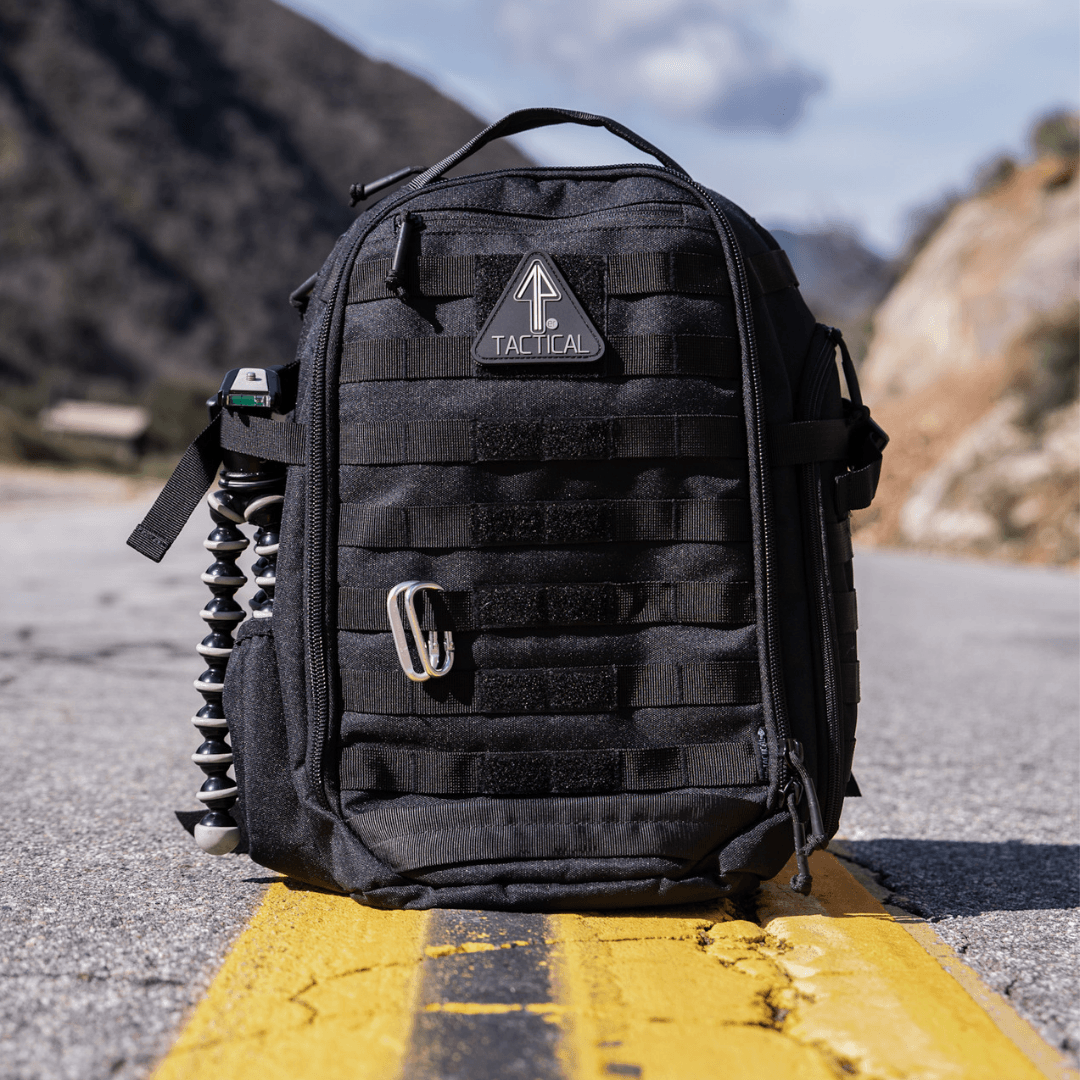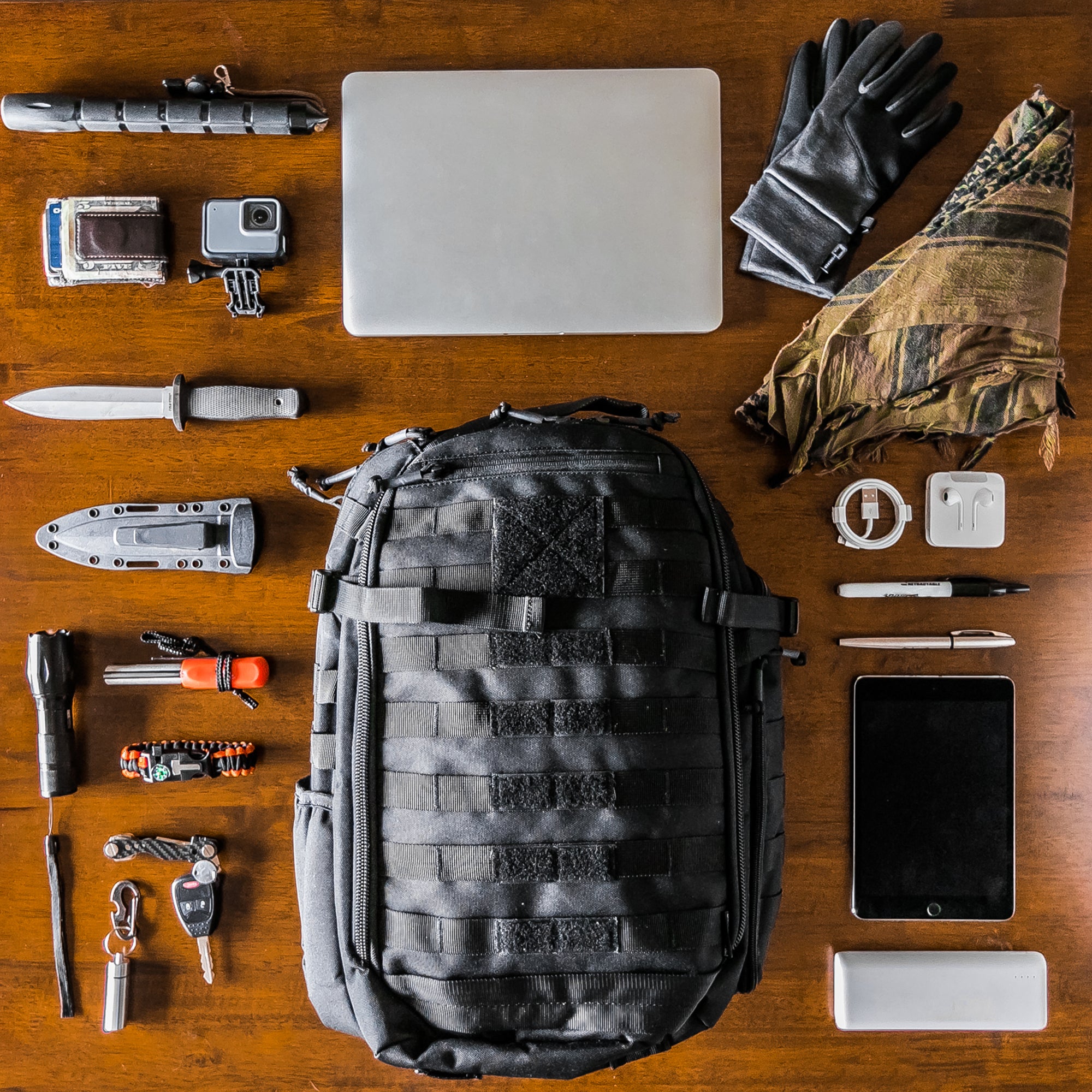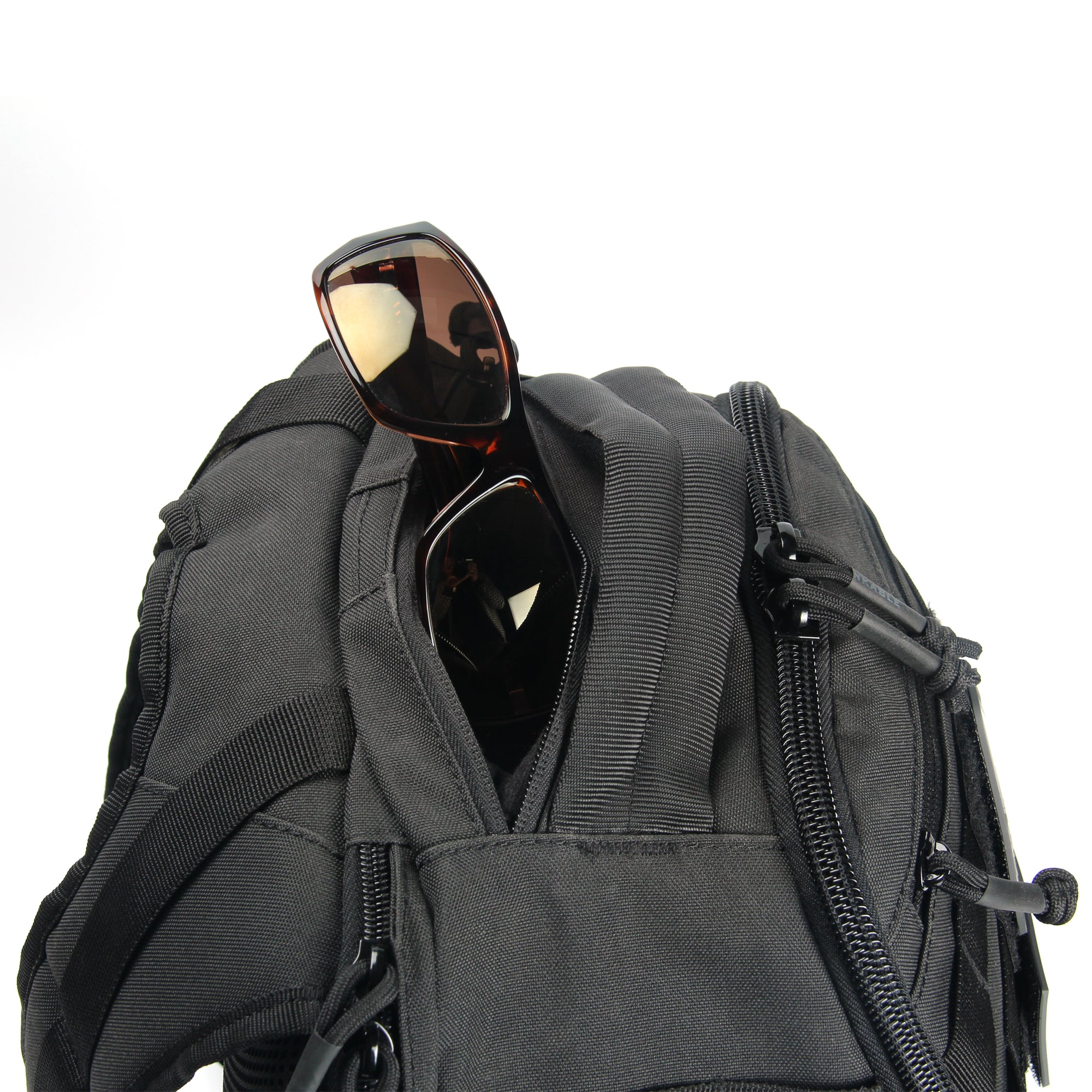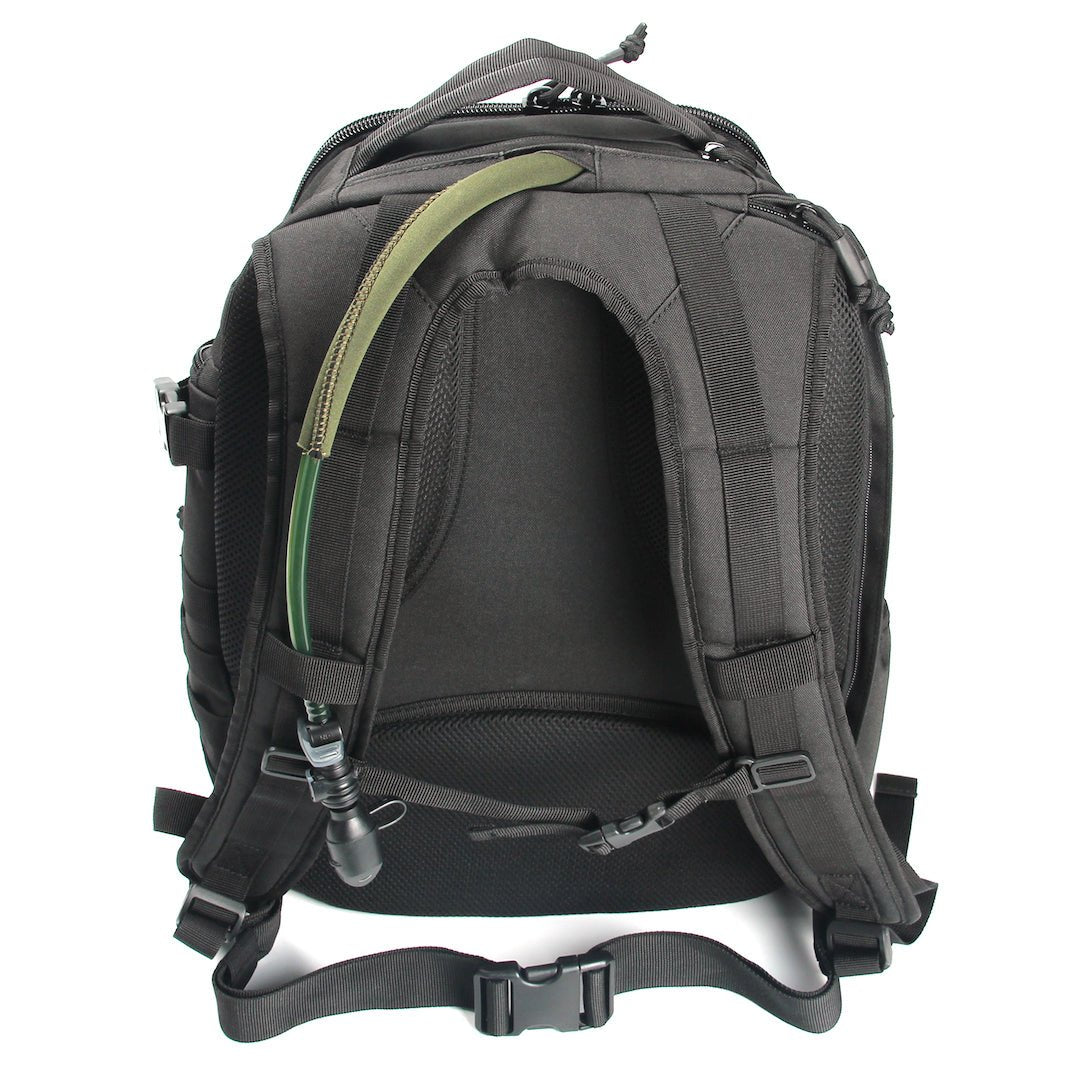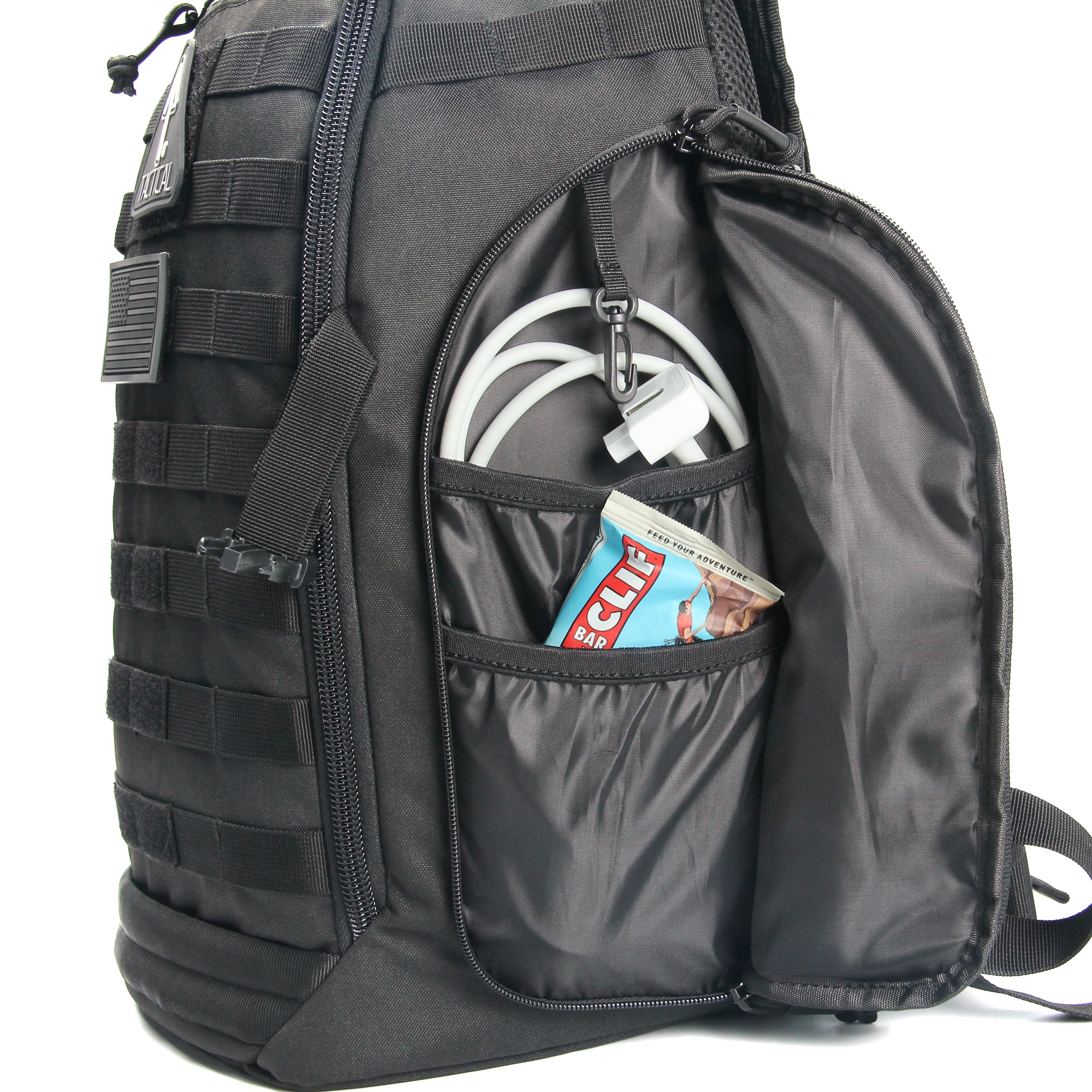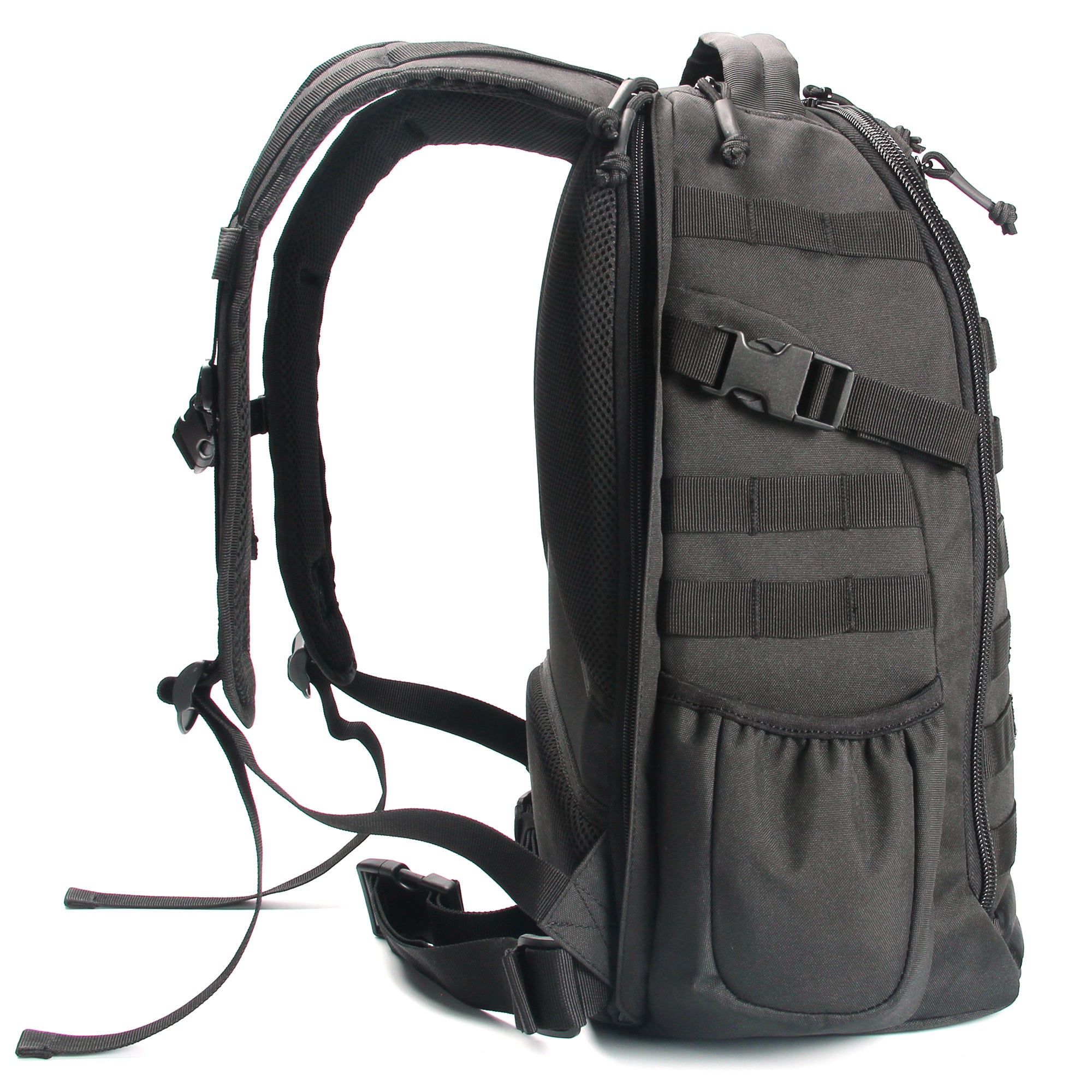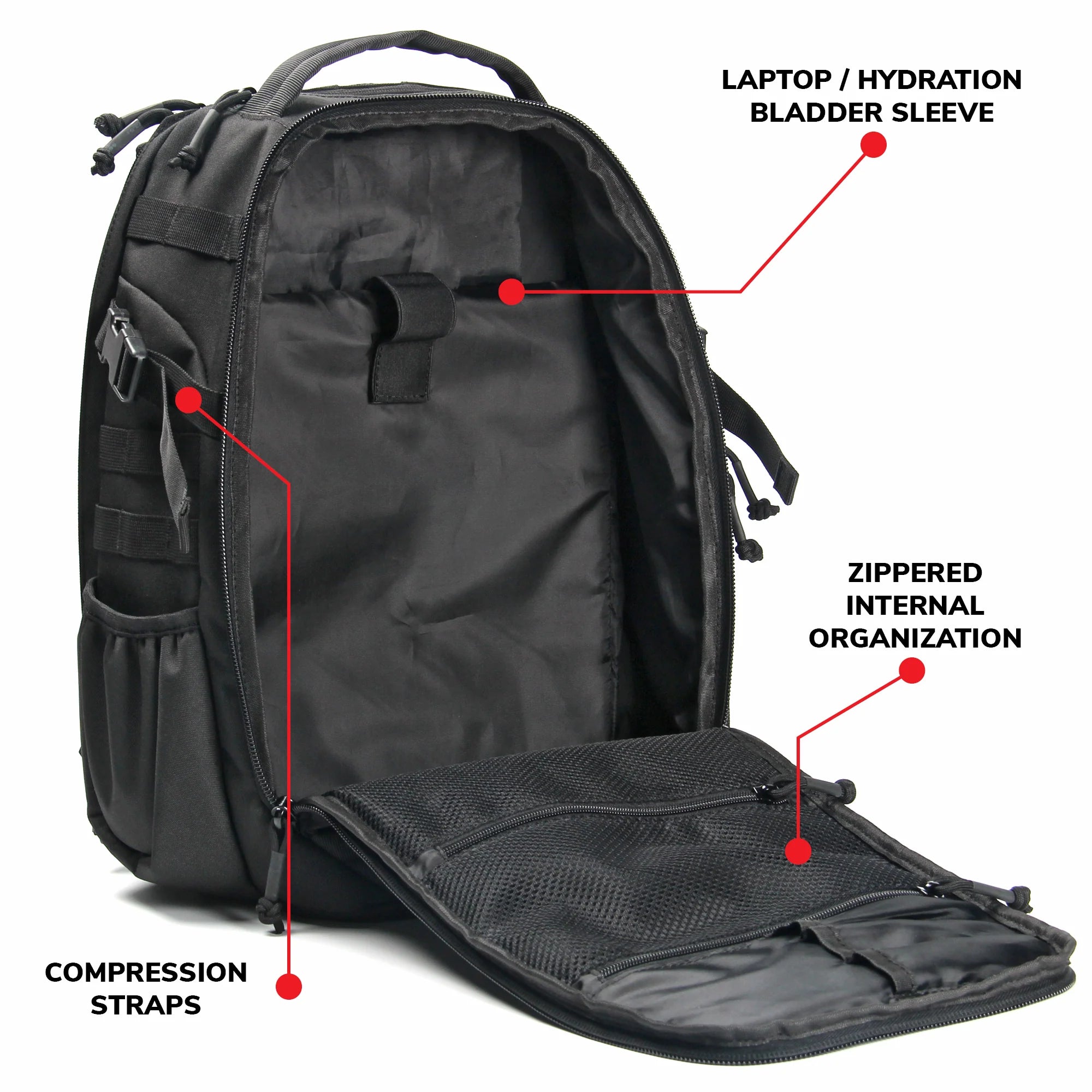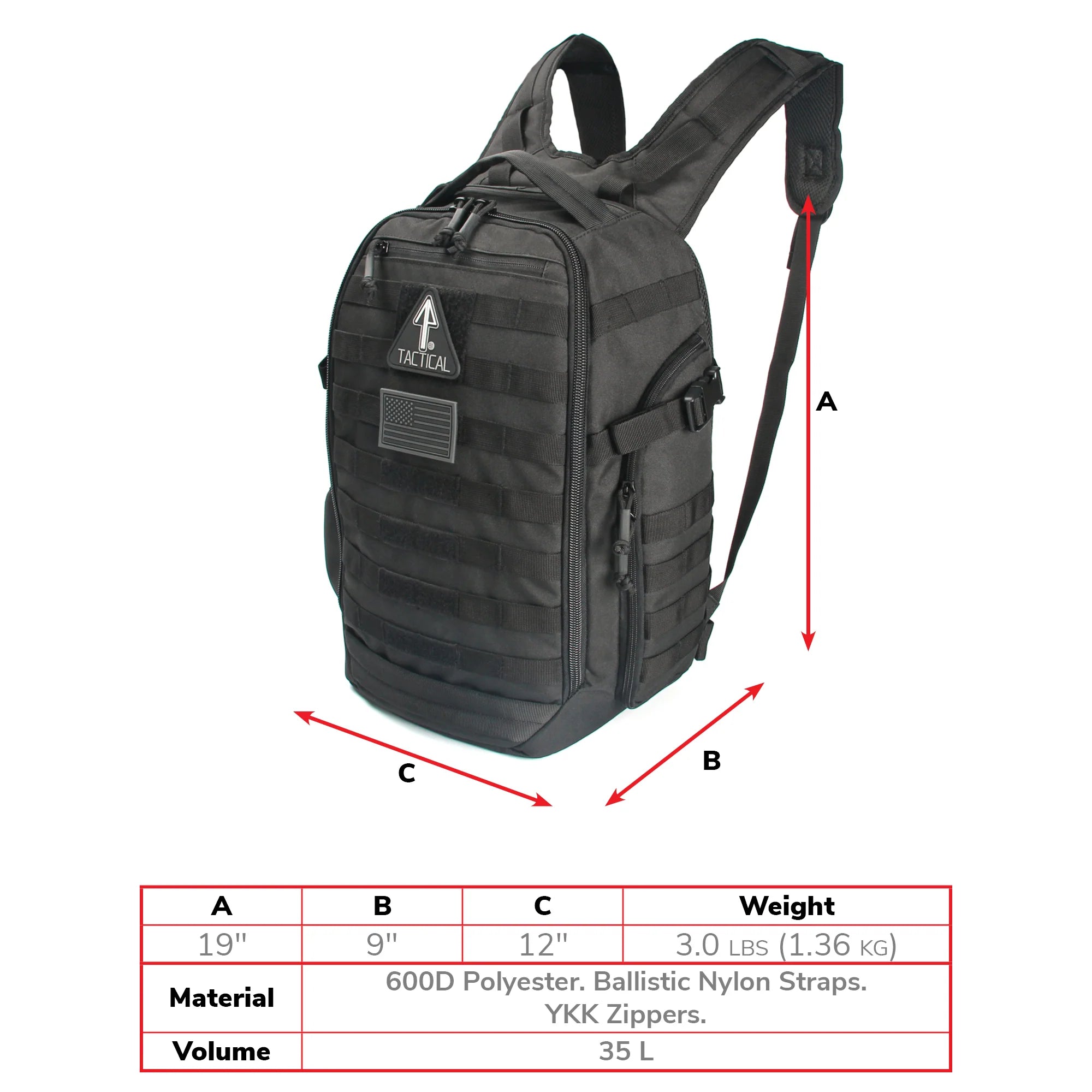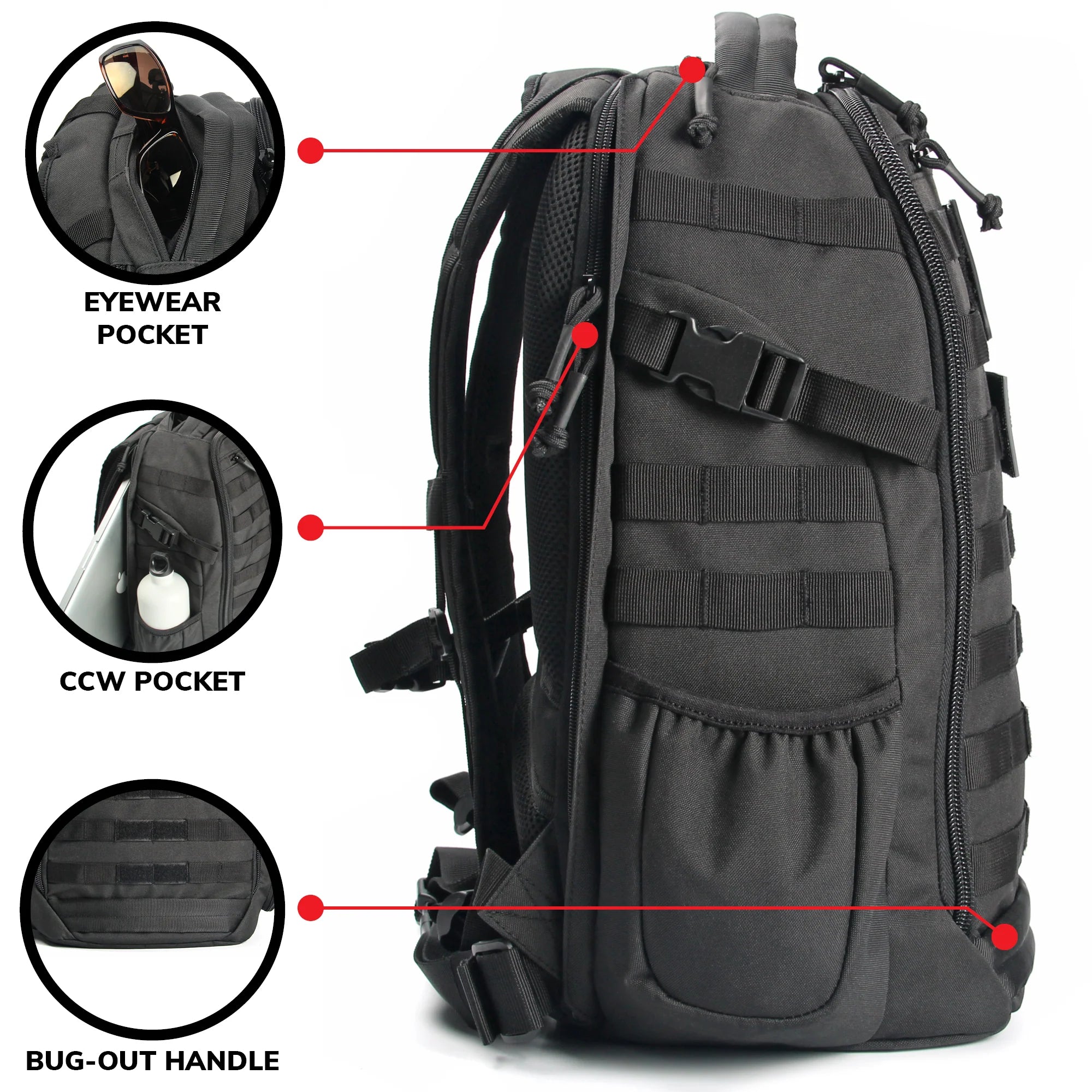Have you ever heard of "SAPI"? It's a revolutionary technology for protection purposes that has been making waves in the defense world. You might be wondering if it's some kind of secret code, a new tech buzzword, or just a passing fad. But no, it's none of those things. It's a real game-changer.
Imagine a shield as powerful as the ones carried by superheroes in epic tales. Now, imagine that shield being perfectly integrated into the armor of the US Armed Forces. That's exactly what SAPI, which stands for Small Arms Protective Insert, is all about. However, this isn't just some fictional concept. It's a modern marvel of science that has been designed with a singular mission: to keep bullets at bay.
Essentially, it's a personal bodyguard that is decked out in the finest tech attire. It's designed to provide robust protection that's on par with some of the best superheroes out there. So, if you're looking for the ultimate protection, it's time to buckle up and get ready to dive deep into this amazing technology that's got the defense world all abuzz.

History and Evolution of SAPI
Long before the term 'SAPI' became commonplace in military lexicons, the U.S. forces donned the Ranger Body Armor—a decent form of protection for its time. However, the rapid progression of weapons technology meant that this armor would soon become outdated. Enter SAPI, the next-gen protective gear that promised greater safety. But military innovations never stand still. By 2005, the ESAPI, an enhanced variant, offered even sturdier protection against modern battlefield threats. It's a testament to the military's commitment to continually upgrading its protective measures as technology and threats evolve.
SAPI vs. ESAPI vs. XSAPI
Understanding the nuances between these three might seem daunting at first. Think of it like tech gadgets—the base model, the pro, and then the ultra. SAPI is the sturdy, reliable base model. ESAPI takes things up a notch, offering added layers of protection. And then there's XSAPI—the ultra. This variant, while a tad bulkier, is designed to handle more recent and formidable threats. In the high-stakes game of protection, XSAPI is akin to your latest smartphone with all the top-tier features.
Materials and Capabilities
At the heart of these protective plates lie the cutting-edge ceramic materials, specifically boron carbide or silicon carbide. But that's just the starting point. Imagine the plate as a protective wall. Now, add another layer behind it, made of a material called Spectra. This combination is akin to having both a wall and a moat around a fortress. The ceramics offer resistance while Spectra provides resilience, ensuring that the plate doesn't just stop bullets, but absorbs and distributes their energy.

Sizes, Weights, and Variants
Personalization is key. A 6-foot tall soldier and a 5-foot-5-inch one will have different protection needs. Hence, SAPI plates offer a variety of sizes, ranging from extra small to extra large. Naturally, with size variations come weight differences. But consider this trade-off: a tad more weight for a significantly higher degree of protection. It's like choosing between a light windbreaker and a solid winter jacket during a snowstorm.
Mechanism of Protection
When we talk about protection in the context of SAPI plates, it's not merely about stopping a bullet—it's about energy transfer and distribution. Upon impact, the initial layer of the plate, which is made of ceramic, performs an almost sacrificial act. The ceramic material deliberately shatters. This shattering isn't a sign of weakness but a calculated response, designed to absorb the majority of the bullet's kinetic energy. By fragmenting in a controlled manner, the ceramic layer prevents the bullet from penetrating deeper, making it a frontline defender in this protective system.
Behind this ceramic frontline is a backing layer that plays an equally crucial role. After the ceramic absorbs the bullet's energy, this energy still needs somewhere to go. That's where the backing comes in. Made of materials like Spectra, the backing efficiently disperses the remaining energy across a wider area, reducing the risk of injury. It acts as a shock absorber, ensuring that even if the bullet's force is strong enough to break the ceramic, the wearer remains protected from the brunt of its impact. Together, these two layers showcase a harmonious blend of physics and material science at its best.
The military realm is one of constant change. As the nature of threats evolves, so does the protective gear designed to counter them. SAPI, ESAPI, and XSAPI aren’t just acronyms; they represent a journey of innovation, a testament to human ingenuity in the face of danger. Whether you're a defense enthusiast or just a curious soul, understanding this armor offers a glimpse into how science and technology rally to protect our heroes.


